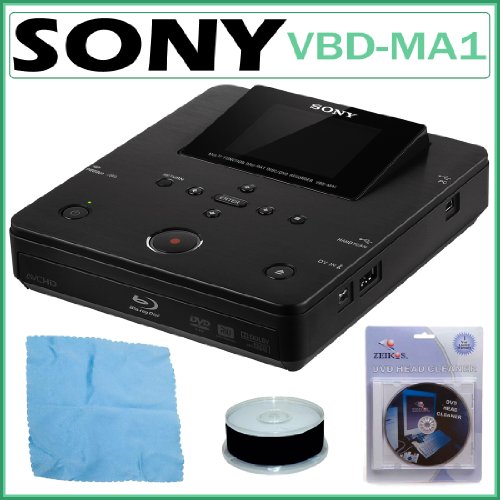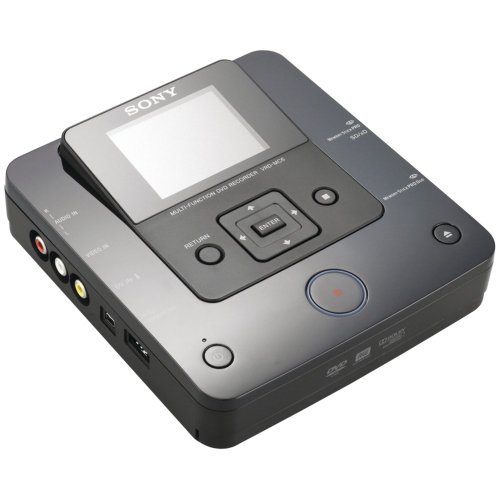Only 5% of new products that are launched annually are truly innovative. Think about that for a moment, 95% of all new product releases are basically knock offs of an industry leader. Another way to state it, the competition beat them to the market and now they are trying to get a piece of an innovative market by copying the competition's new innovation. An example of this is the recently launched Android, 4G smart phone. This is a perfect example of what I am describing. Apple's competition saw that Apple produced an innovative smart phone; Apple's competition saw that Apple pioneered this marketplace; and developed a market for the iPhone. So now the natural chain of events is to knock off the leader's hot product, by reverse engineering it as soon as they could get their hands on one.
Innovation is the best defense against a recession. I can prove this by using a certain kitchen wares manufacturer that was able to maintain their 0 million in annual sales by adding SKUs, new product. This kitchen wares company was able to maintain that sales level during this recession by introducing new innovative products. While other companies were losing their sales by 50% in 2007 and stopped developing new products; this company maintained that 0 million in sales. The sales of each new product were nothing to write home about. This problem was solved by adjusting inventory levels. In my opinion this was genius.
I shared this product strategy with a sales executive in the glass manufacturing industry and made the comment that this strategy was genius. His comeback was that if this strategy was so genius why doesn't Mc Donald's increase their menu? Maybe he did not realize that Mc Donald's was doing exactly that, extending their menu. During this recession Mc Donald's went after the Starbucks market by offering their high end coffees and don't forget that healthy demographic that they are courting now.
As an OEM Project Manager, Product Developer and Salesman for over 20 years my clients and I would simply say, "We have 6 - 12 months to enjoy the profit margins and amortize the tooling before the product is knocked-off and we have to reduce our price to maintain the volume. As you have seen with the iPhone, the answer is to have a version 2 waiting in the wings to release. Currently Apple is releasing their "4G" version of the iPhone; what does this do? It keeps the pressure on the competition to continually play catch up with the industry leader. So what happens when the competition introduces their version of a competitor's innovation? Margins go down, volume goes down, and your innovative product becomes another commodity sold by price.
So one would have to ask themselves why are there so few innovative product launches when it is innovation that will give your sales force the advantage needed to compete in an ever increasing competitive global marketplace. The simple answer is no vision; fear of failure; not understanding the dynamics of innovation; selling vs. knocking-off; and matching prices are just a few of the reasons a company stays clear of developing new innovative products and prefer to be copy cats. I use to work for an individual whose philosophy was to let the competition do the homework and then copy what they did after the problems were worked out.
So how are innovative products developed? The answer is quite simple; analyze your marketplace and figure out what it is that your clients want and or need in your product. OK, is this easier said than done? It all depends how you think, if your Sales Team is listening to your clients and whether or not your management team is risk adverse and not willing to take a chance. What are the risks involved? If done right the risk is very minimal. The risk is minimal because there is a format to follow and when done right you get your customer's buy in while the product is being developed. The flipside to this approach is to knock-off your competition's innovative product.
As a Project Manager / Account Manager for one of the largest OEM speaker manufactures in the world, Foster Electric. Foster manufacturers Apple's ear buds, and manufacturers products for Sony, Yamaha, Pioneer, Clarion, Kenwood just to name a few. I had clients such as Radio Shack, Fender Musical Instruments, and Wal-Mart. One's immediate thought is what can be innovative in the world of speaker manufacturing? The speaker industry has been an integral part of the consumer electronics industry. Have you ever been in a movie theatre when the audio went out? Or have you ever watched a DVD without 5.1 Dolby digital sound? The results are amazing; it's the audio that give the movie the dynamic feel of home theatre.
Innovation is deviating from the norm and creating something that others will laugh at or willing to step out on a limb and take the conceptual leap to design something other than what is in the market. As a Project Manager / Account Manager / Product Designer for an OEM speaker company one of my OEM accounts was Targus Worldwide. If you are not familiar with Targus they are the ones who make travel accessories for laptop computers. I designed the first micro-subwoofer, (Kind of like jumbo shrimp). Targus wanted a portable multi-media system that they could promote for the traveling salesperson to take on the road and make Power Point presentations. The design and the execution was a success. The travel speakers were tested using a mini travel DVD player and the "Top Gun" DVD as the test. The sound separation could be heard transition from speaker to speaker and the deep bass sounds had a definite dynamic to the audio aspect from the laptop.
I have been working on an innovative product for the last 5 years for the iPod market. As a speaker manufacturer I have asked myself what is the hottest audio selling product in the marketplace and how can some other share in its success? With this said one needs to have an understanding of speakers, recording, the iPod and the problems with the iPod. What comes to mind quickly is 1. The ear buds are harmful to ears; 2. The sound sounds small; and 3. There is lost content when CDs are made. The lost content happens when the recording is made during the compression phase of the recording. The missing content circuit is the project name for a very innovative iPod or iPhone accessory. This product has not made it to market. The beauty of it is that it is an old idea, 1960s - 1970s with today's technology. We came up with two versions, a high end and a low cost version. Does it work, yes!
"An old idea, but with new technology", now that is what innovation is all about. King Solomon, of the Bible, said that there nothing new under the sun. That being said confirms my statement: "An old idea, but with new technology" is a real formula for innovation. Today's computer chips along with the development of DSP, Digital Signal Processing allows us to produce products that are only limited to our imagination.
Innovative products warrant higher profit margins; innovative products make your company a player in the marketplace instead of a "Me Too"; and being the innovator puts your company in the driver seat with product development. Some of the best technological developments were simply advanced because it took a current condition and made it better. Whether that better is faster, smaller, remote, combined features, etc is simply an old idea made to function better.
The ipod is nothing more than a walkman of the 1980s.
The iphone took that ipod and incorporated a cell phone to it.
A computerized tablet is nothing more than an 8 1/2x11 piece of tablet paper that is tied to a computer.
The flat screen television is no more than an extension of the televisions of the 1950s.
The home theatre industry peaked in the early 2000s with the advent of affordable flat screen televisions and 5.1 Dolby sound systems. Now the 5.1 speaker systems are built into the flat screens with psychoacoustics processor that reproduce the same effects of the Dolby Digital 5.1 Surround Sound.
Certain innovations were not able to develop until other industries had developed. The Photovoltaic Industry is a perfect example of such a case. The Photovoltaic Industry, better known for the solar panels seen on roofs to warm water, is an example of an industry that could not advance until certain other technologies had advanced first. Advances in Nanotechnology were required to develop the electric producing film that is printed on the glass. The printing technology and the application of the Nanotechnology film on glass did not develop until the turn of the century. This innovative technology, although being used, has not fully matured is on hold until further developments are made in making the conversion of the solar energy more efficient.
The advancement of integrated circuitry and the further advancement to reduce the overall size of the electronics. This miniaturization of electronics was advanced with the wave solder machine and the auto-insertion machine. Although these two advancements were intended to reduce labor. The auto-insertion machine allowed for the accuracy and installation of very very small surface mounted integrated circuits, (electronic components), on printed circuit boards.
The question is which group do you want to be part of; the 5% of truly innovative new product launches with increasing sales or the 95% of new product launches that are knock-offs whose prices are set to match the competition and sell by price instead of selling the price and features.
 | Price : $158.02
| Price : $158.02













